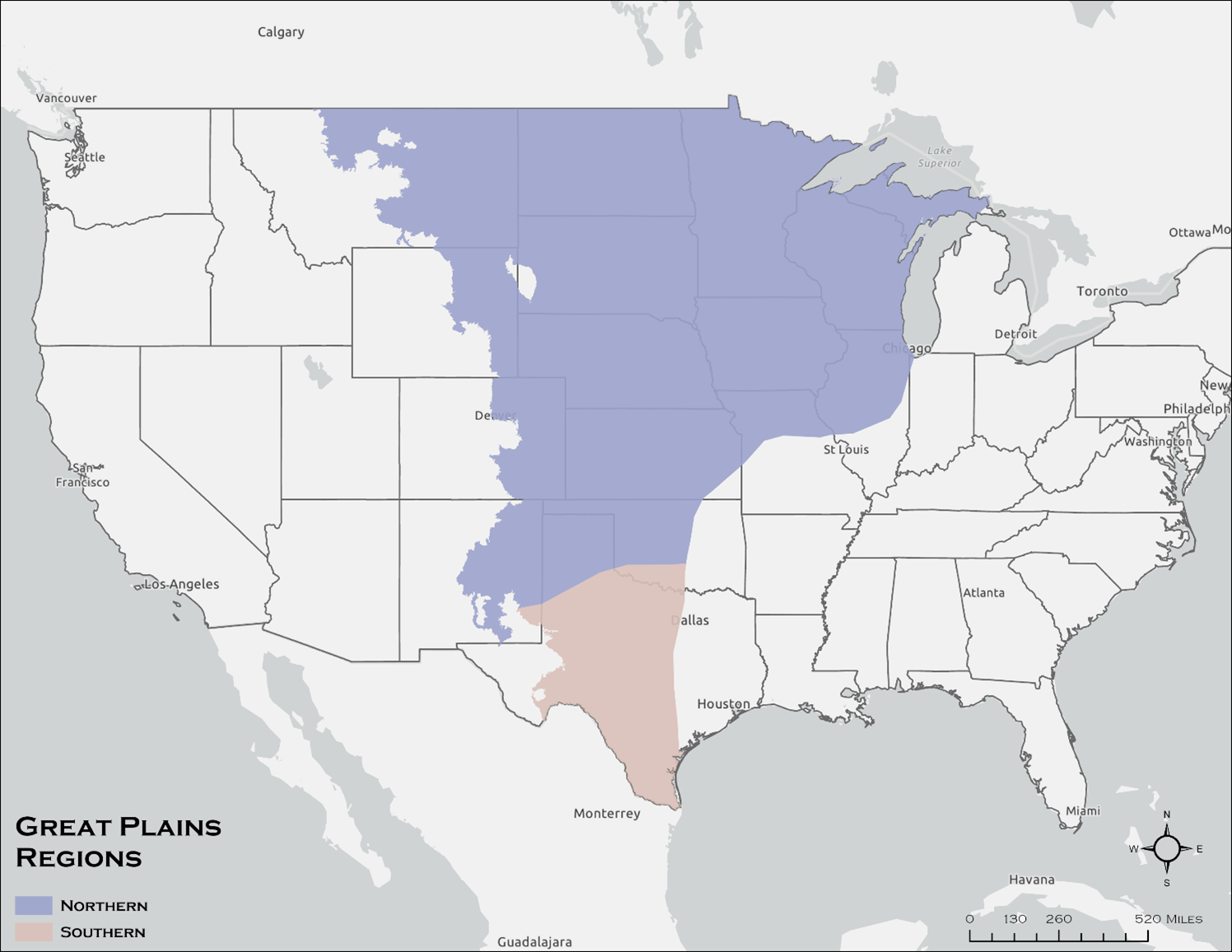Joint Public Notice
The U.S. Army Corps of Engineers (Corps) Albuquerque, Chicago, Detroit, Fort Worth, Galveston, Kansas City, Omaha, Rock Island, St. Louis, St. Paul, and Tulsa Districts, and the U.S. Environmental Protection Agency (EPA), Regions 5, 6, 7, and 8, jointly announce the availability of the Beta Streamflow Duration Assessment Method (SDAM) for the Great Plains (dated September 2022). The method is a rapid assessment tool to help distinguish between ephemeral, intermittent, and perennial streamflow at the reach scale for the Northern and Southern Great Plains SDAM Regions. The beta SDAM may help provide technical guidance for identifying waters that may be subject to regulatory jurisdiction under Section 404 of the Clean Water Act; however, this method does not alter or change the definition of “Waters of the U.S.”
The beta SDAM was developed for use in all or part of the states of Colorado, Illinois, Iowa, Kansas, Michigan, Minnesota, Missouri, Montana, Nebraska, New Mexico, North Dakota, Oklahoma, South Dakota, Texas, Wisconsin, and Wyoming by the Corps and EPA (Figure 1). This beta method results from a literature review and field study conducted at 251 stream reaches across the range of hydrologic landscapes of the Great Plains from 2019 to 2021. Developed through statistical analyses of the field data, it provides a data-driven approach using nine reliable indicators to determine streamflow duration class at the reach scale. The agencies are making this beta SDAM available for a one-year preliminary implementation and comment period to inform the development of a final SDAM for the Great Plains.
The beta SDAM for the Great Plains can be applied whenever there is uncertainty regarding streamflow duration class and a rapid evaluation method is desired. The method provides a scientifically supported, rapid assessment framework to support best professional judgment in a consistent, robust, repeatable, and defensible way. Use of the method may result in timelier and more predictable jurisdictional determinations and is also useful where knowledge of streamflow duration class improves ecological assessment, management, and decision-making. The beta SDAM was developed specifically from data collected in the Great Plains. Though there is a single SDAM for the entire Great Plains, the method incorporates a geographical indicator for differences between Southern Great Plains and Northern Great Plains.
The method, data forms, and training opportunities are available on the internet at:
https://www.epa.gov/streamflow-duration-assessment/beta-streamflow-duration-assessment-method-great-plains
Practitioners such as stream ecologists, aquatic ecologists, hydrologists, and wetland scientists are encouraged to comment on their experience using the beta SDAM. Comments regarding the following specific topics would be especially useful:
- Problem situations encountered and possible approaches for addressing them.
- Apparently, incorrect results, including the factors that suggest the method was inaccurate.
- Indicators that were particularly useful or not useful in identifying flow duration in different hydrological environments.
- Regional differences in the applicability of specific indicators.
- Potential uses of the method in the regulatory context, or in other watershed planning or management contexts.
Written comments may be submitted via email to USACE.SDAM.GP@usace.army.mil or by hard copy to: U.S. Army Corps of Engineers, Attn: CECW-CO-R, 441 G Street NW, Washington, DC 20314-1000.
For additional information on the development of regional Streamflow Duration Assessment Methods for nationwide coverage, see: https://www.epa.gov/streamflow-duration-assessment
For additional information on the beta SDAM for the Great Plains, contact the Corps or the EPA:
Corps:
Albuquerque District, Kraig Jashinsky, 719-543-9459 X 4, Kraig.A.Jashinsky@usace.army.mil
Chicago District, Andrew Blackburn, 312-846-5543, Andrew.J.Blackburn@usace.army.mil
Detroit District, Sabrina Miller, 313-226-7495, Sabrina.M.Miller@usace.army.mil
Fort Worth District, Joseph Shelnutt, 817-886-1738, Joseph.L.Shelnutt@usace.army.mil
Galveston District, Mark Pattillo, 361-814-5847 , Mark.E.Pattillo@usace.army.mil
Kansas City District, Matt Mikulecky, 816-389-3027, Matthew.J.Mikulecky@usace.army.mil
Omaha District, Karen Lawrence, 402-995-2463, Karen.L.Lawrence@usace.army.mil
Rock Island District, Kirsten Brown, 309-794-5369, Kirsten.L.Brown@usace.army.mil
St. Louis District, Chad Lamontagne, 314-331-8044, Chad.M.Lamontagne@usace.army.mil
St. Paul District, April Marcangeli, 651-290-5731, April.N.Marcangeli@usace.army.mil
Tulsa District, Rob Hoffman, 918-669-7481, Robert.B.Hoffman@usace.army.mil
EPA:
Region 5, Kerryann Weaver, 312-353-9483, Weaver.Kerryann@epa.gov
Region 6, Loribeth Tanner, 214-665-8153, Tanner.Lori@epa.gov
Region 7, Jeannette Schafer, 913-551-7297, Schafer.Jeannette@epa.gov
Region 8, Rachel Harrington, 303-312-6870, Harrington.Rachel@epa.gov
